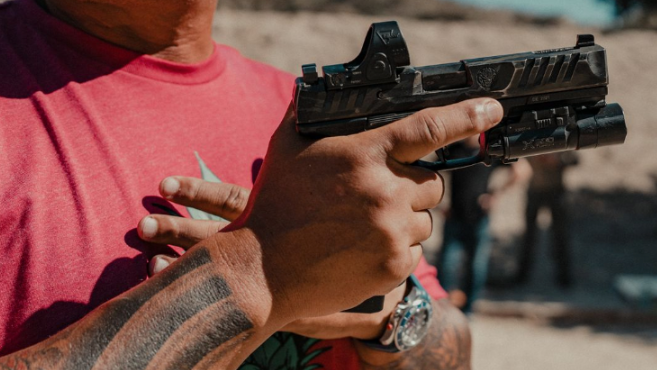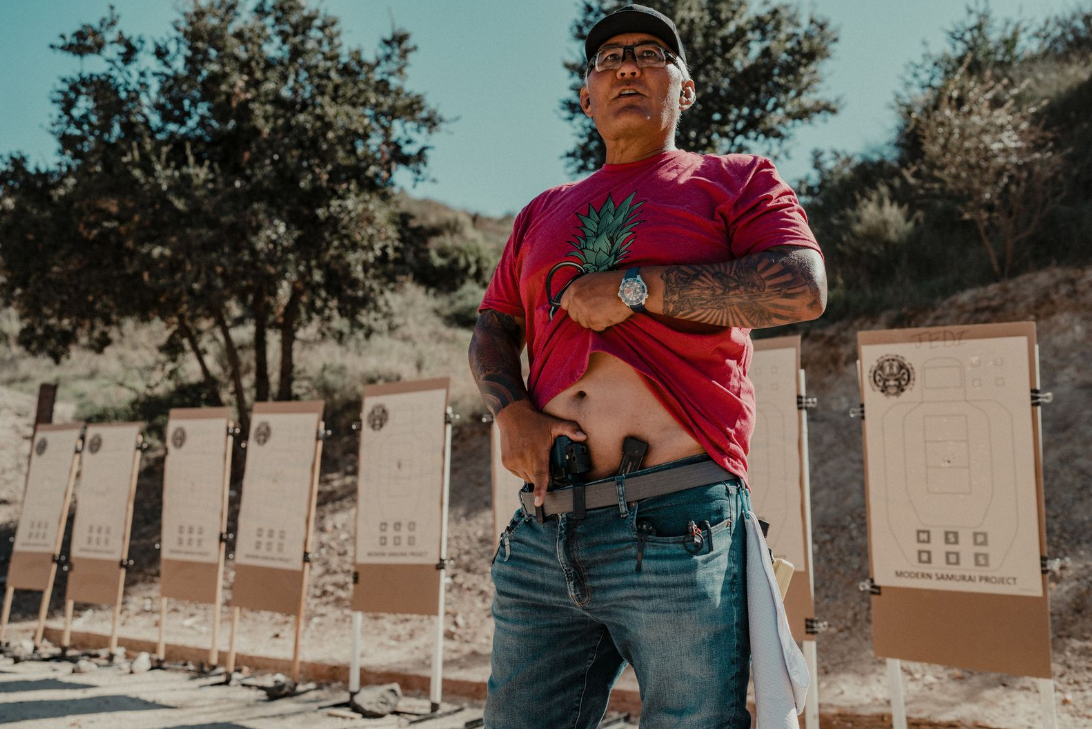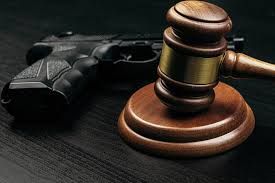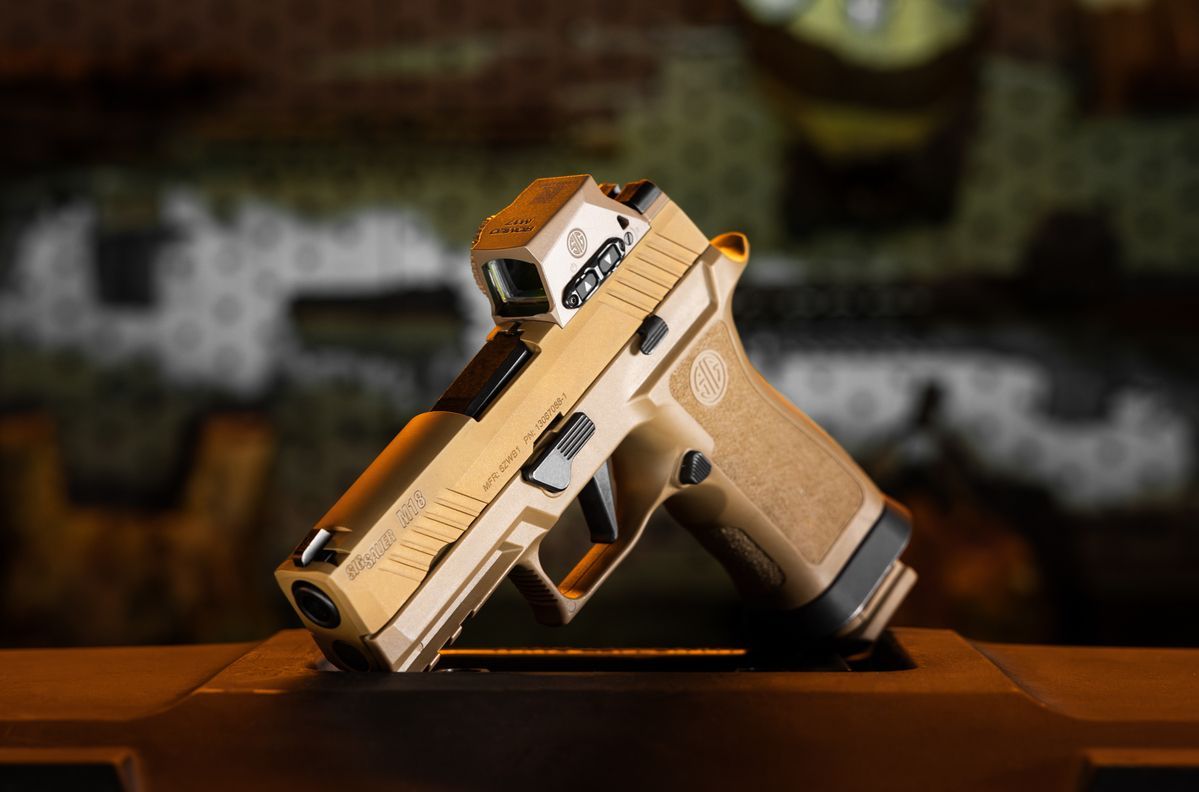How Quantico and Scott Jedlinski’s Instructor Red Dot Course Changed My Mind About Optics and Carry
Breaking Old Habits and Finding New Precision on the Range


Here’s what actually happened.
The Instructor Course That Changed Everything
Scott’s Red Dot Instructor course at Quantico wasn’t just another shooting class — it was a deep dive into the science of performance. Every block of instruction was built to break bad habits, refine fundamentals, and teach *why* the red dot works when used correctly. It wasn’t about gadgets; it was about human efficiency.
By the end of the course, I was consistently engaging a **3×5 inch target at 25 yards**, hitting the bullseye in **1.47 seconds**. Now — and I want to be honest here — I’m not a fast shooter by nature. That 1.47 felt huge for me. To give you perspective, one of my classmates ran the same drill at **1.19 seconds**, which was eye-opening and humbling in the best way. Watching him move pushed me to close gaps in technique rather than chase speed for speed’s sake.
Why I Was Wrong About Red Dots
Before this course, I believed a red dot would slow me down in a real-world defensive encounter. After several days of structured, timed, and stress-based drills, that belief evaporated.
Here’s what stood out:
* **Speed through consistency.** The dot provides one clean visual reference. Once presentation is consistent, the dot simply *appears* where it needs to be.
* **Much faster rate of shooting.** The red dot dramatically increased my cadence — I was able to get rounds on target faster than with irons, and that increased tempo did not mean worse hits. In fact, the faster rate *improved* my accuracy because the consistent sight picture reduced split-second search errors.
* **Improved accuracy and confidence.** Shooting faster while keeping the shots inside the target boosted my confidence more than any dry-fire session ever could. That confidence translated into calmer, more decisive presentations under stress.
* **Less time wrestling with focus.** With irons, you’re juggling focus between front sight and target. The red dot lets your eyes lock on the target while the dot indicates point of impact — an advantage, especially at speed and distance.
* **Distance accountability.** The red dot forces precision — especially past 15 yards — where iron sights start to feel crude.
* **Teaching tool.** As an instructor, I now see how a dot gives immediate visual feedback to students, allowing faster correction and learning.
A Grip and Carry Revelation
This course didn’t just change my optics philosophy — it changed how I run a pistol altogether. Scott’s emphasis on grip pressure, support-hand placement, and presentation made me realize that most of my prior shooting inefficiency came from technique, not equipment.
And here’s the surprise twist: I also changed my view on **appendix carry**. In our store, we jokingly call it the *“natural de-cocking position”*, but after running it hard during this course, I can confidently say it’s efficient, comfortable, and faster when done safely and properly.
## Lessons for Shooters and Instructors Alike
* Don’t assume a red dot is “too advanced” for defensive use — the dot doesn’t slow you down, *poor training* does.
* If you mount a red dot, pair it with deliberate practice on draw, presentation, and follow-up shots — the optic amplifies good fundamentals, and it lets you shoot faster without sacrificing hits.
* As an instructor, understanding how to teach *dot acquisition* is key. Helping students find and track the dot is a skill in itself.
* Reevaluate your fundamentals often. The best shooters aren’t the ones who know the most — they’re the ones who are willing to unlearn and learn from peers.
## Final Thoughts
Driving down to Quantico for Scott Jedlinski’s Red Dot Instructor Certification was one of the most transformative training experiences I’ve had. The red dot didn’t just make me faster — it made me more deliberate, more accurate, and far more confident in my shooting and teaching. I left the course with a bullseye at 25 yards, a 1.47-second timer (a personal milestone), a new grip, and a completely new mindset — and I left inspired by classmates who pushed the pace even further.
If you’re still skeptical about putting a red dot on your defensive gun, take the training, run the drills, and test yourself. You might end up like me — surprised that being wrong was the best thing that could’ve happened to your shooting.


If you are interested in a Red Dot Development Course, we at Vintage Arms will be holding those classes soon. Stay tuned for dates and registration details!








